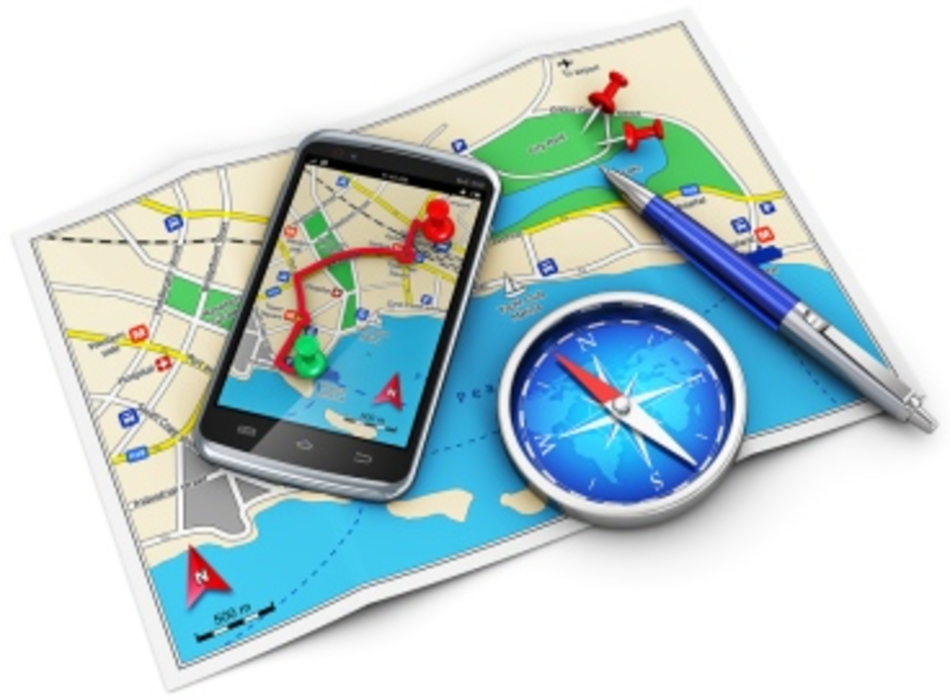Thomas P. O’Neill, the Speaker of the House of Representatives who was Ronald Reagan’s collegial combatant in the Eighties, has been gone from our midst for almost a decade. Cell phones still looked like modified patio pavers when “Tip” departed this mortal coil, so could it be that the wise old ward-heeler presaged the mobile revolution when he uttered his most famous quote, “All politics is local?” Because, in that regard, mobile marketing and ward-heeling sure have a lot in common.
A Nielsen study of more than 2,000 smartphone and tablet users released this week found that 45% of them turn to mobile devices as their primary search tool when seeking out local products and services. Not a huge surprise? Agreed. But chew on this one: 74% of smartphone users searching products and services make their purchases in-store, and 60% of them expected the businesses at the business-ends of their searches to be within walking distance.
“It’s compelling that, every year that we do this study, the expectations of where consumers expect to purchase from narrows. In 2007, it was within 15 to 20 miles. Now it’s down to five,” says Monica Ho, VP of marketing at xAd, which along with Telmetrics sponsored the Mobile Path-To-Purchase Study. “They’re no longer tethered to their PCs or a certain set of retailers.” In other words, all mobile is local.
That holds especially true for certain verticals. When asked to name the most important media source when searching for a gas station or convenience store, two-thirds of smartphone owners named their mobile phones. Only 20% assigned primary status to their desktops. Among tablet owners, the split was 41% for tablets, 26% for desktops. Banking and finance, insurance, and general retail also are being searched heavily by consumers on the go.
Thanks to mobile communications technology, consumers just can’t wait anymore. Forty-nine percent of tablet searchers said they wanted to make banking and finance transactions immediately, as did 45% of smartphone users. When it came to general retailers, 59% of smarphone and 48% of tablet searchers said they planned a purchase within a day.
Now, if you believe all the “right-time” talking marketers who say their goal is to be in front of customers at the moment they intend to buy, then you also have to believe that the upside of mobile as a marketing medium is big and getting even bigger. Yet how many of those marketers have desktop PCs in mind when they’re thinking right-time offer delivery? Certainly not all, but when reading all the studies saying that the majority of marketers have still not optimized their emails for mobile, one could reasonably deduce it’s more rather than fewer.
“What they need to do is think mobile first,” says Ho, which is what you expect to hear from the lead marketer of a mobile ad network. But still, when you walk past a bunch of zombies with black shingles attached to ears on the street, when you have your hand poised on the iPhone in your own pocket—doesn’t your gut tell you she may be right?
“It’s more of an imperative for some industries than others, as the study shows. If I’m a retailer and someone searches my on a mobile device, then why don’t I at the minimum tell them what my closest location is and give them a click-and-drive button?” Ho posits. “Yet, among the national brands we serve, I’d say about 60% don’t leverage location in their mobile ads. They say, ‘Well, when you click on the banner you can get a location.’ Yeah, but they may have lost them after that one click.”
Ho also believes that consumer concerns about having their privacy violated by being tracked to their phones will become a virtual non-issue as marketers hone their mobile techniques. “Leverage their locations and interests and don’t blast junk at them,” she counsels.








